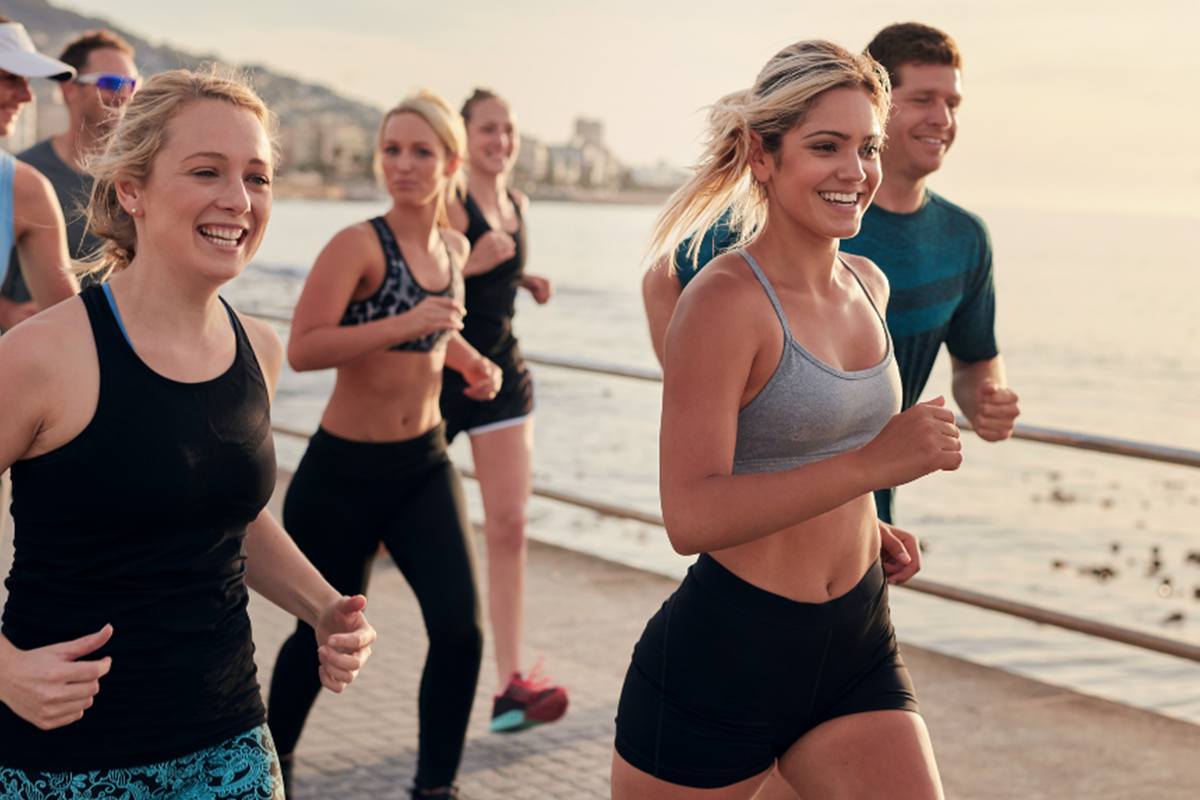Running is one of the best forms of exercise to burn calories and lose weight, but it can also be intimidating. The truth is, most people who start running don’t continue to do it. It’s not because running isn’t a good way to get fit; it’s more because it’s not easy. If you’ve never done any physical activity before, you’ll have to put in a lot of work before you see results. If you want to start running for weight loss, read on for everything you need to know. You can hit the road for a healthier you from the best times of day to run to the gear you need to get started.
WHEN IS THE BEST TIME TO RUN FOR WEIGHT LOSS?
The best time to run for weight loss is early morning. This may sound counterintuitive because most people would want to stay in bed after a long night of sleep. But the best time to run for weight loss is an hour or two before you wake up. That’s when your body is in its deepest sleep, and it’s also when you will have the least amount of muscle tension.
DECIDE IF YOU’RE A BEGINNER OR ADVANCED.
You’ll need to be patient and start slowly if you’re a beginner. If you’re an advanced runner, this is a good time to focus on speed training.
GET THE RIGHT GEAR.
The first step to starting running is getting your gear. You will need a good pair of shoes and a sweat-wicking shirt or jacket.

A good pair of running shoes is necessary for your long-term success. Investing in a quality pair will make the difference between hurting yourself and staying injury-free. If you’re just starting, you can use cheaper running shoes for the first few weeks to get the feel of it before investing in something more expensive.
START WITH A GOAL
The first step to running is setting a goal. This will be your target weight loss, the number of days you want to run each week, or the distance you want to run. If your ultimate goal is to run a marathon, think about how many miles that will take and what your average pace will be.
TRACK YOUR PROGRESS
It’s important to track your progress to stay motivated. By keeping an eye on your calories burned, time spent running, and distance traveled, you can see how well you’re doing.
CONCLUSION
Before running for weight loss, you need to ask yourself a few questions and determine if you’re a beginner or advanced. Next, you need to prepare your body before you start running and get the right gear. The next step is to set a goal, which will help keep you on track. The last step is tracking your progress to see how far you’ve come.

Leave a Reply